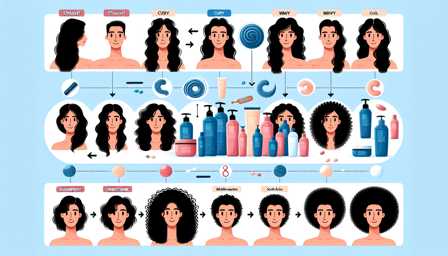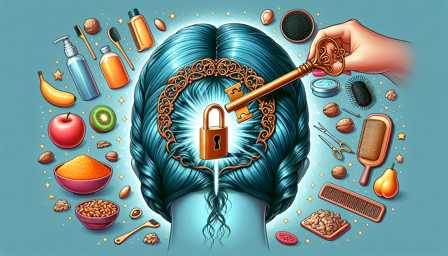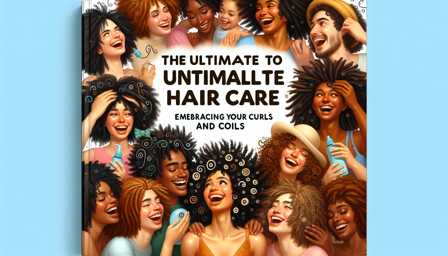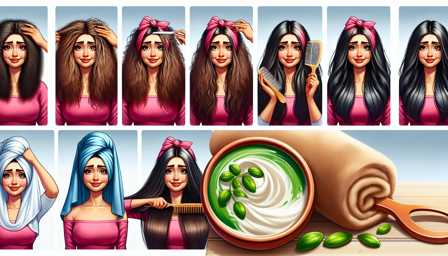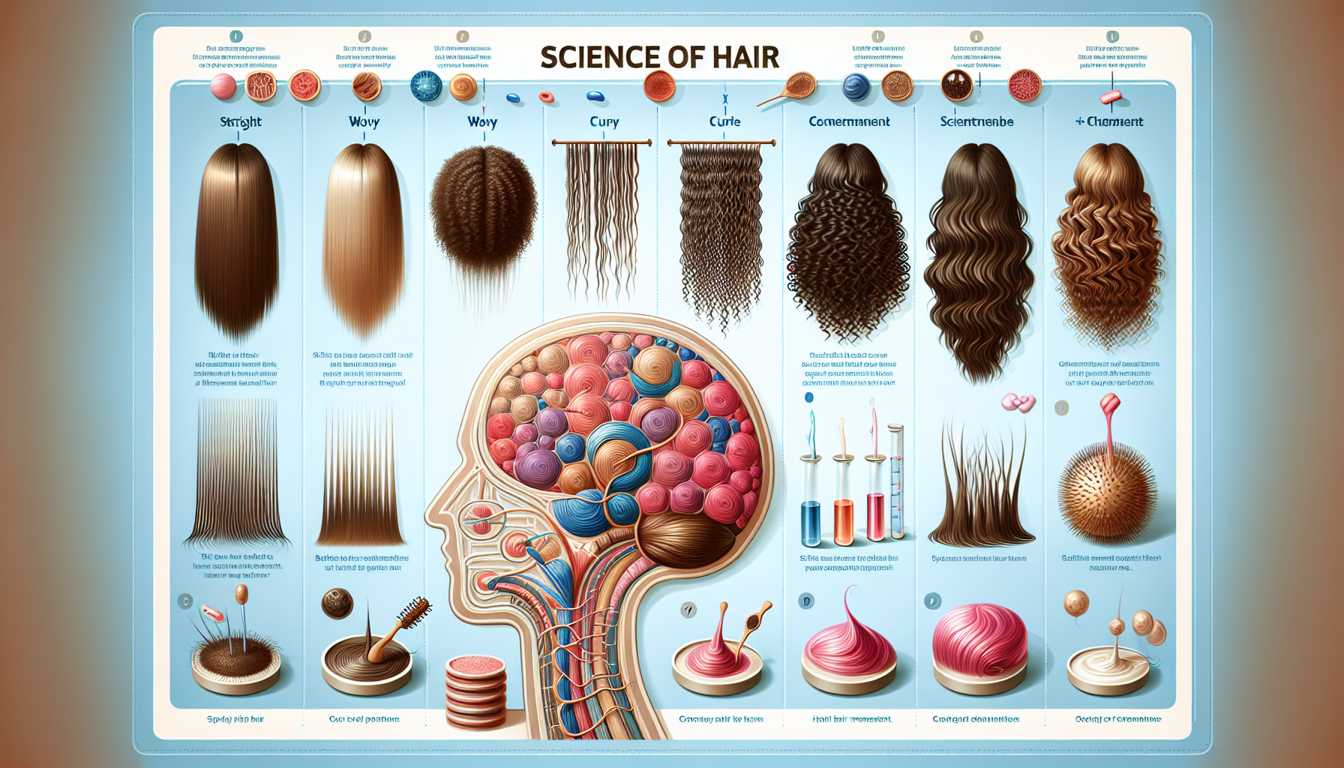
The Science of Hair: Understanding Types, Textures, and Treatments
Hair is not just a crucial aspect of our appearance; it's a complex and fascinating subject of scientific study. It varies widely among individuals, influenced by genetic, environmental, and lifestyle factors. Understanding the types, textures, and treatments of hair can help us make informed decisions about hair care and styling. This article delves into the science of hair, exploring its various aspects and offering insights into how to maintain healthy and vibrant hair.
Hair Types and Textures
Hair can be classified into four main types: straight, wavy, curly, and kinky. Each type has its characteristics and challenges.
Straight Hair (Type 1)
Straight hair is the most resilient type of hair, often shiny and sleek but prone to oiliness. It's characterized by its lack of curls and can be fine, medium, or thick. Maintaining volume can be a challenge for those with straight hair.
Wavy Hair (Type 2)
Wavy hair has a texture that lies between straight and curly, forming an S-shape. It can be further categorized into 2A (loose waves), 2B (medium waves), and 2C (deep waves). Wavy hair can frizz more easily and requires products that enhance its natural wave without weighing it down.
Curly Hair (Type 3)
Curly hair is known for its defined loops and spirals. Like wavy hair, it is divided into subcategories: 3A (loose curls), 3B (medium curls), and 3C (tight curls). Curly hair tends to be drier and more prone to tangles and frizz, needing moisture-rich products.
Kinky Hair (Type 4)
Kinky hair features tightly coiled curls and comes in three types: 4A (soft), 4B (medium), and 4C (hard). This hair type is the most fragile, with a high density but fine strands that are susceptible to breakage. Hydration and gentle handling are key.
Hair Care Treatments
The health and appearance of hair can be significantly improved with the right treatments. Here’s an overview of some common hair care practices and products.
Moisturizing and Hydration
Moisturizing is crucial for all hair types, particularly for curly and kinky hair. Deep conditioning treatments, like those from SheaMoisture or DevaCurl, can provide intense hydration. Leave-in conditioners are also beneficial for maintaining moisture levels throughout the day.
Protein Treatments
Hair is made of protein, and treatments like Aphogee Two-Step Protein Treatment can help repair damaged hair. These treatments are beneficial for hair that is brittle or has been damaged by chemicals or heat styling, as they help to rebuild the hair's structure.
Scalp Care
A healthy scalp is the foundation of healthy hair. Products containing tea tree oil or salicylic acid, such as Paul Mitchell Tea Tree Special Shampoo, can help maintain a healthy scalp environment, preventing issues like dandruff and promoting hair growth.
Oils and Serums
Oils like argan, coconut, and castor are excellent for adding shine, taming frizz, and promoting hair growth. Lightweight serums can also protect hair from heat damage and add a glossy finish. Moroccanoil Treatment is a popular choice for its nourishing properties and versatility.
Heat Protection
Using heat styling tools without protection can lead to severe hair damage. Heat protectant sprays, such as Tresemmé Thermal Creations Heat Tamer Spray, can shield hair from the high temperatures of hair dryers, straighteners, and curling irons.
Conclusion
Hair care is a personalized journey that requires understanding your hair type and its needs. By incorporating the right products and treatments into your routine, you can maintain the health and beauty of your hair. Remember, what works for one person might not work for another, so it's important to experiment and find what best suits your hair. With the right approach, you can achieve vibrant, healthy hair that reflects your unique beauty.

